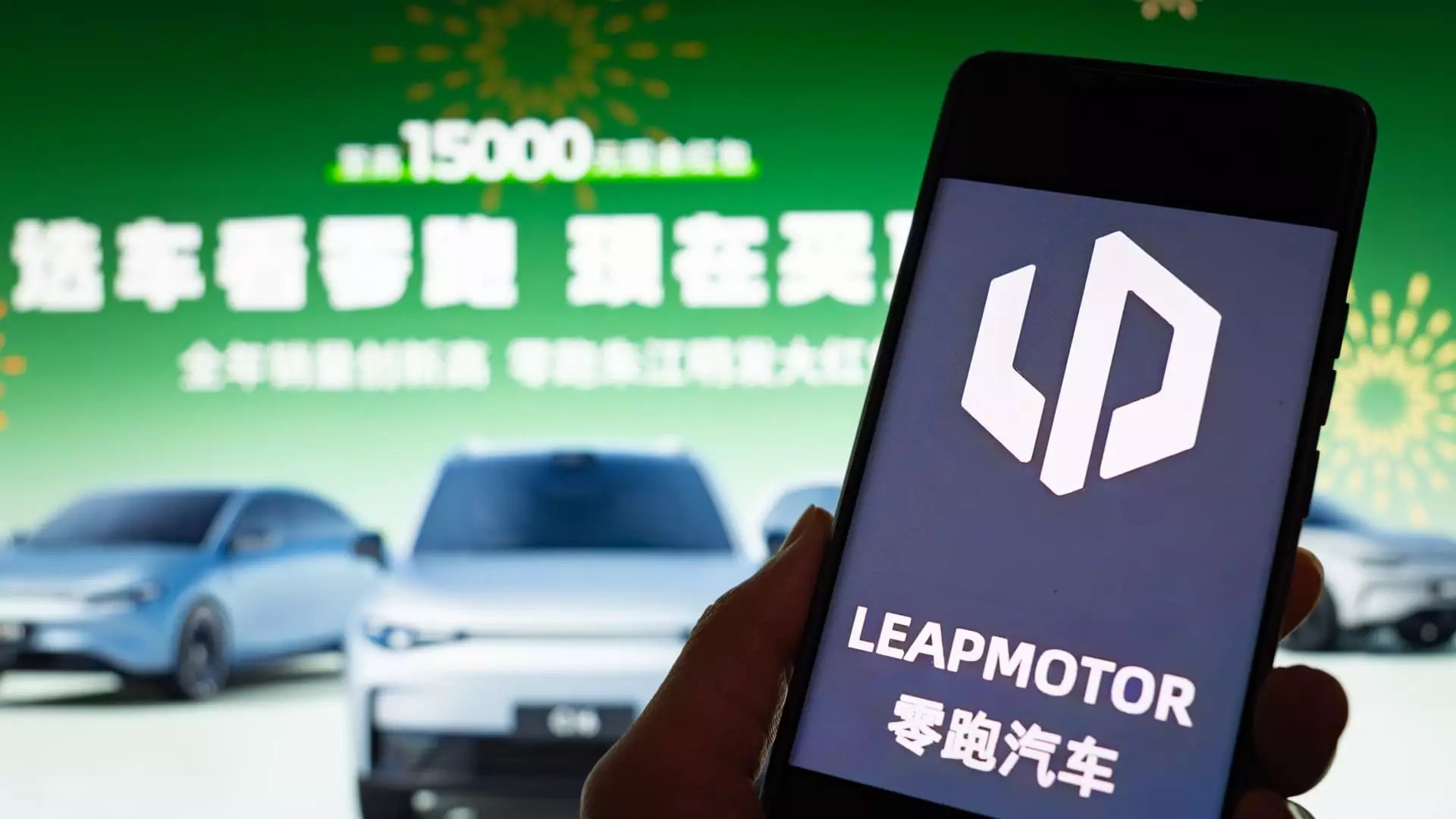The electric vehicle (EV) industry is witnessing seismic shifts, particularly among Chinese manufacturers. Companies like Leapmotor and Aito are showcasing astonishing growth reported from their May deliveries. Leapmotor, with its backing from Stellantis, launched an updated C10 model that has taken the market by storm, achieving a staggering 148% increase in year-on-year deliveries by selling over 45,000 units. Meanwhile, Aito, leveraging sophisticated technology from Huawei, is not far behind, having set its own impressive delivery benchmarks. The almost carnival-like atmosphere around these successes contrasts sharply with the broader struggles faced by other players in the market. This disparity in performance exemplifies a cutthroat price war that is reshaping the competitive landscape.
The Price War: A Double-Edged Sword
As competition intensifies, industry giants like BYD are opting for aggressive pricing strategies to cement their market leader status. The cutting of prices on multiple models by up to 20% has raised eyebrows and has done more than just stir fear among competitors; it has sent ripples through the stock market. Such strategies seem effective for BYD, who reported sales of nearly 377,000 cars in May alone. However, this aggressive pricing raises concerns about sustainability. The frantic dash for market share often ends in diminished profit margins and raises the specter of a “race to the bottom.”
In many ways, this price war echoes the saga of the Evergrande debacle, where unsustainable business practices led to catastrophic financial consequences. One has to ask if some of these startups are prepared to sustain operations in an environment where profitability is sacrificed on the altar of increased market penetration. If history is any guide, this scenario could become a Pandora’s box, unleashing unforeseen repercussions across the sector.
Emerging Players: Navigating Challenges
The landscape isn’t entirely painted with aggressive tactics and competing sales figures. Companies like Xpeng, which reported modest growth despite a decrease in month-over-month deliveries, are navigating through the growing pressures of competition while maintaining a focus on innovation. This combination of resilience and forward-thinking may afford them the longevity that others lack in a volatile market. Their introduction of new models like the Mona M03 Max, appealing to buyers looking for something fresh in the marketplace, is a stark contrast to practices that may focus solely on price reductions.
Additionally, newer entries like Xiaomi are playing the game smartly; their strategy of integrating their existing smartphone technology into electric vehicles positions them as versatile competitors rather than mere automobile builders. Yet, for every Xiaomi or Xpeng, there are numerous startups facing uphill battles, such as Nio, which continues to struggle under a shadow of rising competition, seeing a decline in deliveries month-on-month.
The Global Outlook and Emerging Markets
The focus cannot solely rest on local competition; the broader implications of tariffs imposed by Western nations on Chinese EV exports pose critical challenges for these companies. While European and U.S. markets may be closing doors, industry players like BYD are looking toward emerging markets for growth avenues. By establishing a foothold in nations like Benin, Chinese automakers are betting on less saturated markets, where competition is lower, and demand for affordable EVs is surging.
Such strategies highlight the adaptability and resourcefulness of these companies, but they also emphasize a shift in focus that may reflect deeper, strategic concerns about future sustainability. If these companies wish to thrive long-term, they will need to balance immediate sales boosts with building a resilient global brand beyond just price wars.
Ultimately, the narrative surrounding Chinese electric vehicle manufacturers today is one of dramatic growth intertwined with a precarious balance, wherein aggressive price strategies risk unsustainable practices while innovative approaches are emerging to create new pathways to success in a rapidly evolving marketplace.


Leave a Reply